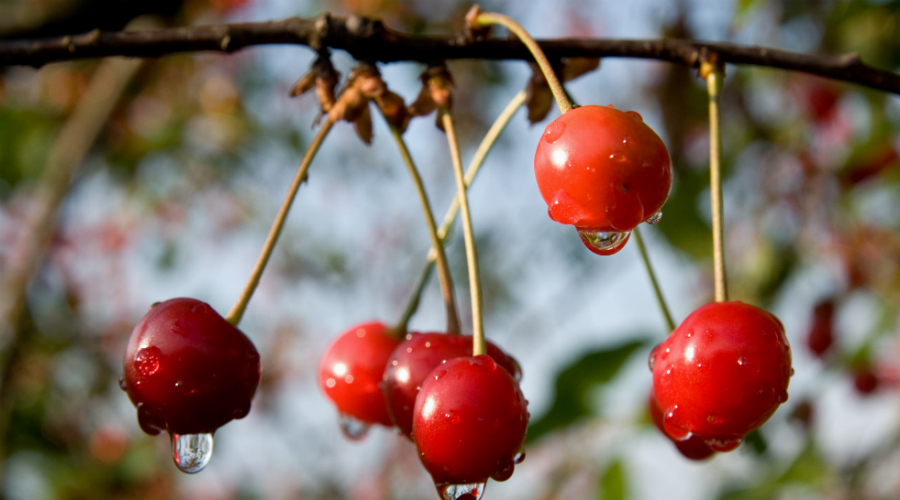The low-hanging fruit for climate protection is rotting

So much of the food produced globally is wasted, and the environmental impact of that waste and spoilage is so great, that we could have a material impact on climate change by committing to reduce it. As hard as it is to imagine, this is one aspect of global warming that is actually beyond the controversy that has kept this debate from moving forward.
What does food spoilage and waste have to do with climate change?
TheUnited Nations estimates that one-third of all food produced never reaches our tables。其他研究表明that food loss could be closer to 40 or 50 percent.
But even at the U.N.'s estimate, food loss represents 3.3 billion metric tons of CO2 each year. That's the energy needed to produce the food: the gasoline for farm tractors, electricity to run irrigation pumps, power to process and package harvests, etc. Under current practices around the world, this food ends up in garbage dumps rather than being eaten, while all of the CO2 that went into producing it ends up in our atmosphere.
In other words, the low-hanging fruit (and meat, fish, poultry, vegetables and more) is being allowed to rot rather than making its way to our plates.
Extraordinary opportunities
It's hard to imagine a more inefficient system, especially when it comes to the critical role of feeding our planet. If all that inefficiency was measured in terms of what nations do, food loss would be the third largest emitter of greenhouse gasses, just behind China and the United States.
This situation presents an extraordinary opportunity. Food loss is a significant contributor to global warming but much can be done to reduce it without having to invent new technologies.
Avoiding food loss also has the obvious immediate benefit of feeding more people. One in eight people today is malnourished. Reducing food loss not only will feed more people, it can be an essential strategy to nourish the more than 2 billion people we'll add to the Earth by 2050.
It’s also practical and logical. We won’t be able to simply grow more food and then throw 30 to 40 percent away. We already use 38 percent of our ice-free land (compared to just 2 percent for cities) and 70 percent of all fresh water to grow our food. We can’t afford to expand that environmental footprint to feed more people, and instead should implement the readily available strategies to avoid food loss and feed our growing population.
Global dialogue
Food loss comes in many forms. Food spoils in emerging economies before it reaches forks. It rots in the fields past harvest, on long journeys to markets and in street markets waiting for buyers. In developed economies, consumers buy too much food and then throw it away, or prepared food portions are too large and never consumed. In fact, there is no other critical resource that we knowingly and so willfully waste.
Unlike the traditional complex and sometimes costly strategies we know of today to mitigate climate change, avoiding food loss is readily within our grasp. It also should be non-controversial. Food preservation technologies, food safety standards and consumer awareness will take a big bite out of this challenge. A global dialogue connecting food loss, hunger, climate change and technology will yield immediate results.
The low-hanging fruit for climate protection is literally rotting. It can besolvedwith a simple equation: waste less, feed more, with measurable results to the natural environment.
